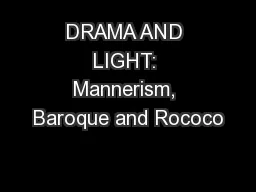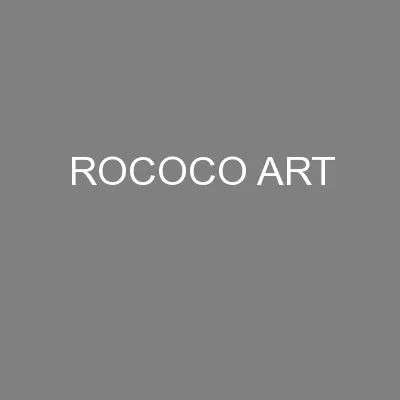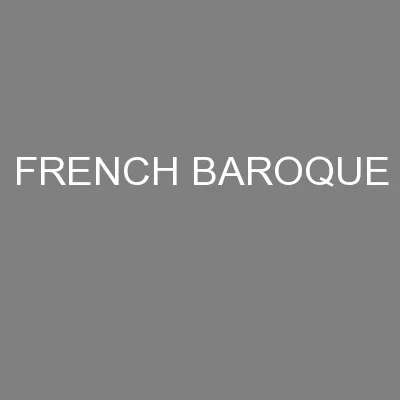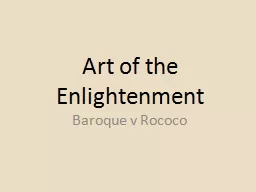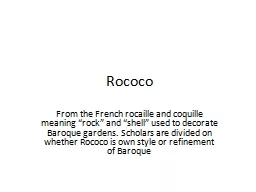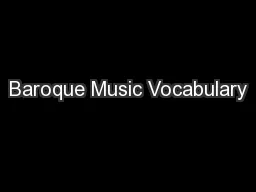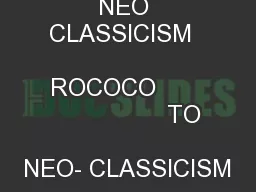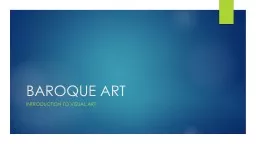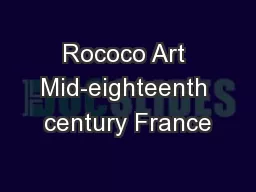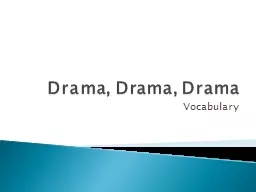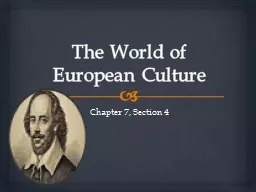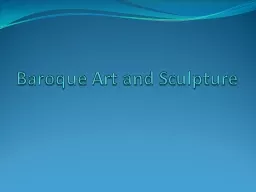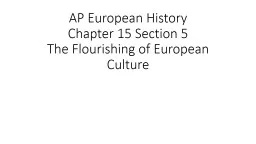PPT-DRAMA AND LIGHT: Mannerism, Baroque and Rococo
Author : cheryl-pisano | Published Date : 2018-03-07
Chapter 15 After the Renaissance By 1530 Raphael amp DaVinci are dead and Michelangelo returns to Florence leaving Rome in the hands of a new generation of
Presentation Embed Code
Download Presentation
Download Presentation The PPT/PDF document "DRAMA AND LIGHT: Mannerism, Baroque and ..." is the property of its rightful owner. Permission is granted to download and print the materials on this website for personal, non-commercial use only, and to display it on your personal computer provided you do not modify the materials and that you retain all copyright notices contained in the materials. By downloading content from our website, you accept the terms of this agreement.
DRAMA AND LIGHT: Mannerism, Baroque and Rococo: Transcript
Download Rules Of Document
"DRAMA AND LIGHT: Mannerism, Baroque and Rococo"The content belongs to its owner. You may download and print it for personal use, without modification, and keep all copyright notices. By downloading, you agree to these terms.
Related Documents

